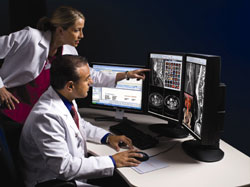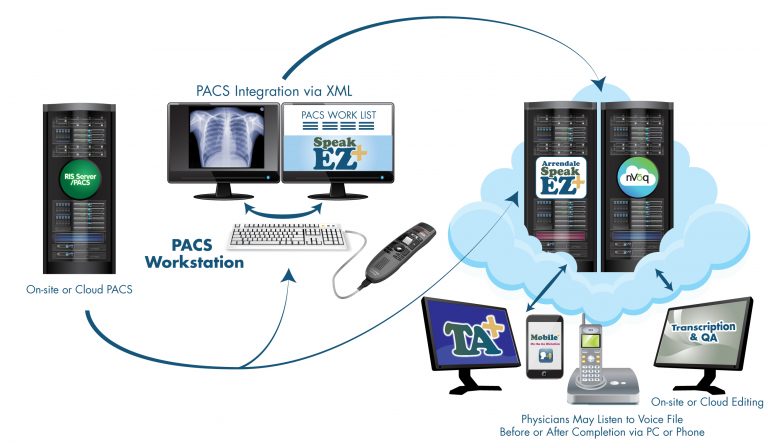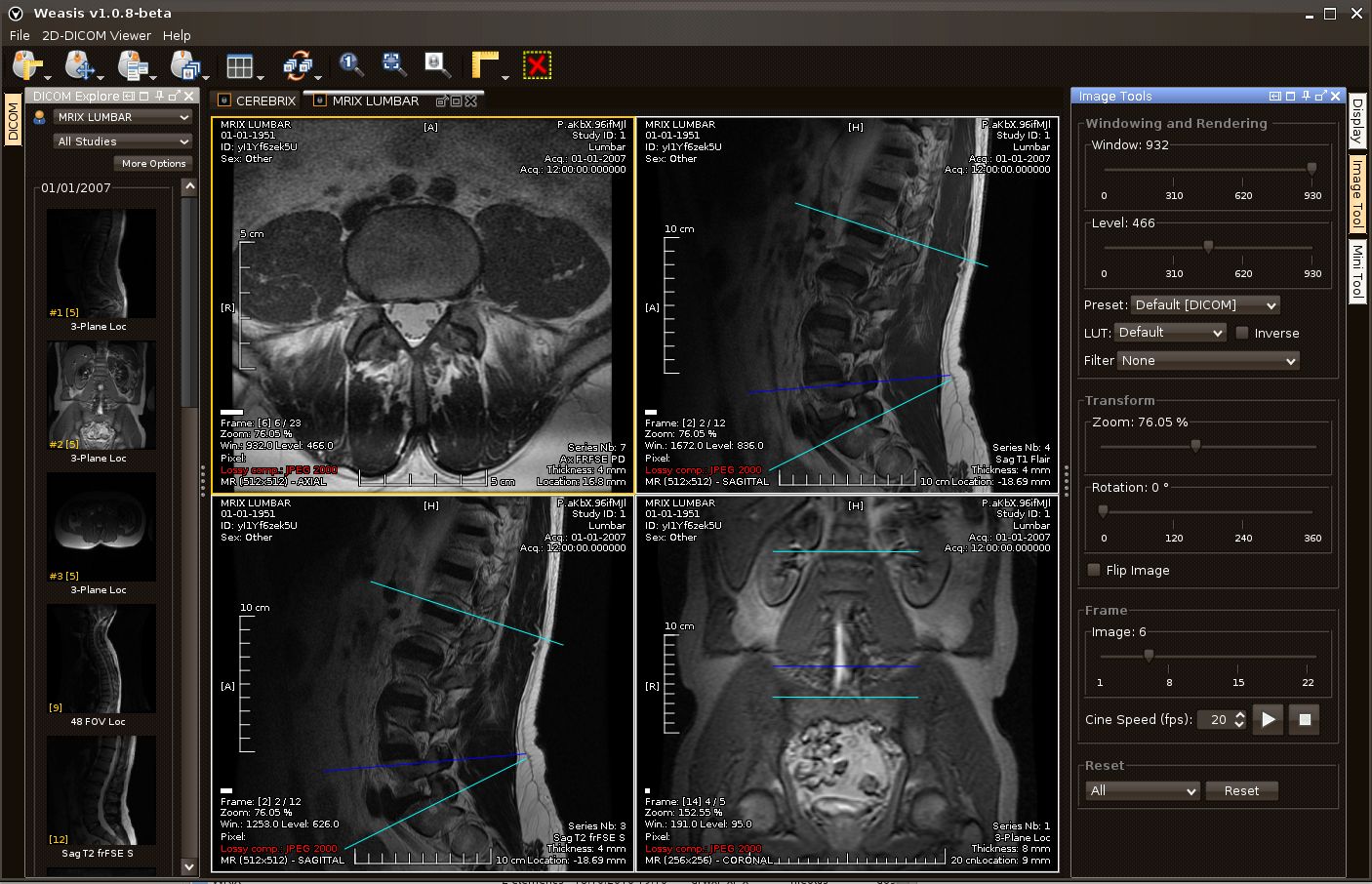
Growing adoption of digital pathology is expected to provide lucrative growth opportunities to PACS and RIS market. For instance, in March 2020, NHS Nightingale, a hospital run by Barts Health NHS Trust, announced to adopt Cerner Corporation's electronic patient record (EPR) and the Sectra RIS and CliniSys pathology software. For instance, there were 3,525,116 confirmed cases of COVID-19, including 243,540 deaths, as reported to WHO as of May 5, 2020.Īn increasing number of hospitals and rapid adoption of PACS and RIS in hospitals is accelerating growth of the market. The emergence of pandemics such as Covid-19 is again fostering growth of the market.

For instance, in August 2021, PACS/RIS developer PaxeraHealth announced the launch of its newest product, PaxexaUltima 8th Generation, an artificial intelligence (AI)-based imaging platform at HIMSS 2021 in Las Vegas. The advent of innovative PACS and RIS products is driving the growth of the market. A PACS works in a single environment and integrates with existing IT systems so that it can access and manage all patient images. It enables radiologists to view images in real-time as they are acquired and maximizes the information they obtain from the initial study. This type of imaging system is crucial to digital diagnostic radiology departments.


Basically they are digital storage device that manages all the images captured by a medical facility. Both of these systems are very useful to healthcare providers. If a physician is using a specific type of imaging software, a LIS can be accessed from another location.

Unlike PACS, RIS can be integrated with other patient information systems. A RIS is a digital file server that stores a patient's information. A PACS is a digital storage device that stores patient images.


 0 kommentar(er)
0 kommentar(er)
